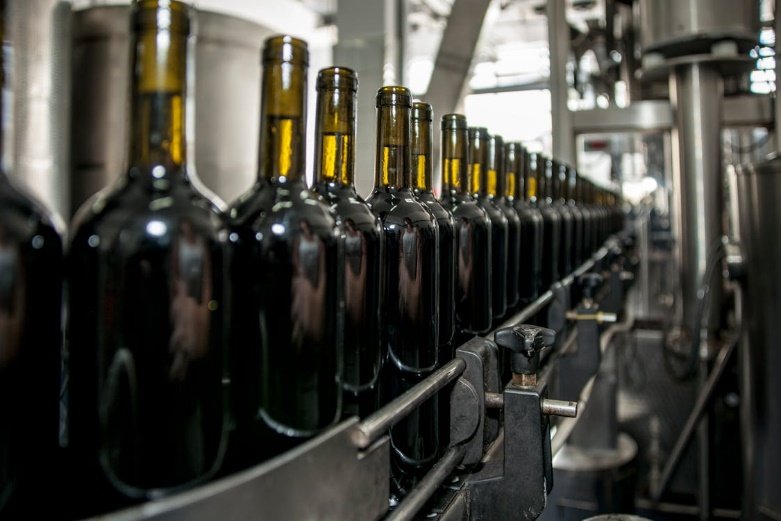parkling wines are known for their effervescence, which results from the presence of carbon dioxide gas. The process of making sparkling wine involves several key methods, but the traditional method, known as the **Méthode Champenoise** or **Méthode Traditionnelle**, is one of the most renowned. Here’s an overview of how sparkling wines are typically made:
1. **Harvesting**: Similar to other wines, sparkling wine starts with harvesting grapes. It’s crucial to pick them early to ensure higher acidity, which is essential for balancing the wine’s sweetness and effervescence.
2. **Pressing**: The grapes are gently pressed to extract the juice while minimizing contact with the skins. For sparkling wines, the goal is to keep the juice as clear and light as possible.
3. **Primary Fermentation**: The clear juice undergoes primary fermentation, where yeast converts the sugars into alcohol. This typically happens in stainless steel tanks or oak barrels. The resulting wine, known as “base wine,” is still and lacks the bubbles that sparkling wine is known for.
4. **Blending**: Different base wines from various grape varieties or vintages may be blended to achieve the desired flavor profile. This is especially common in non-vintage sparkling wines where consistency is key.
5. **Secondary Fermentation**: The blended base wine is bottled with a mixture of sugar and yeast, known as “liqueur de tirage.” The bottles are sealed, often with a crown cap, allowing fermentation to occur again in the bottle. This second fermentation produces carbon dioxide, which dissolves into the wine, creating the desired bubbles.
6. **Aging on Lees**: After fermentation, the wine is often aged on the lees (the dead yeast cells) for several months or even years. This aging process can impart complex flavors and add a creamy texture to the wine.
7. **Riddling (Remuage)**: Once the desired aging is complete, the bottles undergo riddling, a process where they are gradually turned and tilted to encourage the sediment to settle in the neck of the bottle. This can be done manually in riddling racks or with automated riddling machines.
8. **Disgorgement**: The neck of the bottle is frozen, and the sediment plug is removed, usually under pressure. This process is called disgorgement. The wine is then topped up with a mixture of wine and sugar, known as “liqueur d’expédition,” which helps determine the sweetness level of the final product.
9. **Corking**: After the addition of liqueur d’expédition, the bottle is sealed with a cork and a wire cage to secure it. This ensures that the carbonation remains intact.
10. **Labeling and Distribution**: Finally, the bottles are labeled and prepared for distribution and sale.
Different sparkling wines, such as Champagne, Prosecco, and Cava, may vary slightly in their production methods, but the core principles remain similar. This craftsmanship creates the delightful bubbles and unique character that sparkling wines are celebrated for.
